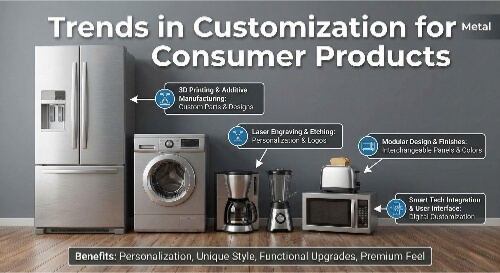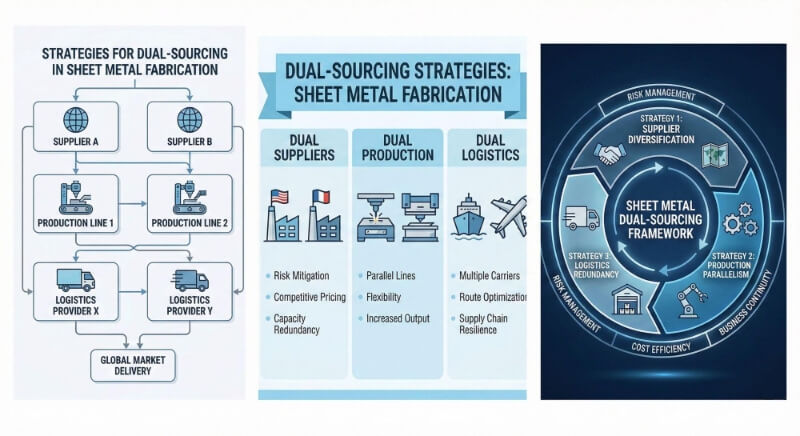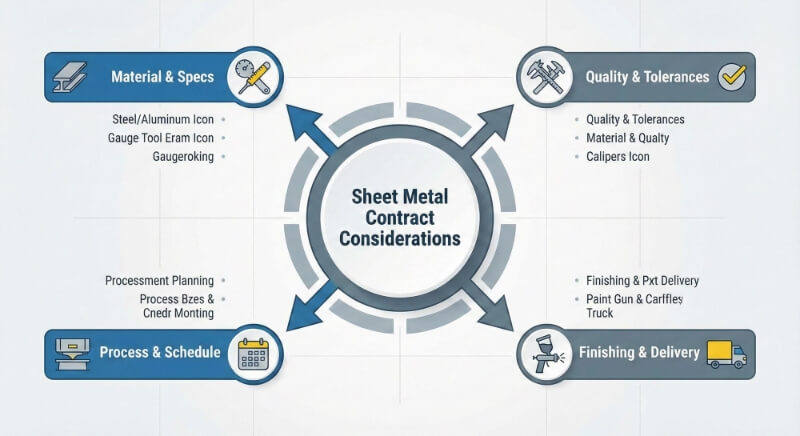Many engineers and manufacturers look for materials that can last, resist rust, and perform well in harsh conditions. But not all metals hold up. Some corrode, while others weaken under stress or chemical exposure. 316L stainless steel is often the answer, but what makes it effective in real-world use?
316L stainless steel has a reputation for quality. Many industries rely on it. Let’s examine what makes it special and why many people use it.
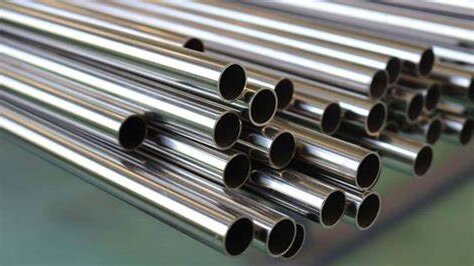
What is 316L Stainless Steel?
The number 316 refers to the grade in the 300 series of stainless steels. It’s austenitic, meaning it has a face-centered cubic crystal structure. It contains iron, chromium, nickel, and molybdenum, which give the metal its strength and rust resistance.
The “L” means low carbon. It has less than 0.03% carbon. Lower carbon helps reduce the risk of carbide precipitation during welding. That means less chance of rust or cracking in welded areas. This small carbon change makes a big difference, especially in harsh environments. It allows for strong welds without extra treatment.
Main Elements in 316L Stainless Steel
Every stainless steel grade has a unique mix of elements. 316L’s formula gives it special strengths. Let’s look at what’s inside and why it matters.
- Iron (Fe): The base metal. Makes up the most significant portion.
- Chromium (Cr): Around 16–18%. Helps form a passive layer on the surface that resists rust and corrosion.
- Nickel (Ni): About 10–14%. Adds toughness and improves corrosion resistance, especially in acids.
- Molybdenum (Mo): 2–3%. Boosts resistance to chlorides and pitting, especially in salty or chemical-heavy environments.
- Carbon (C): Kept very low, usually below 0.03%. Reduces the risk of corrosion near welds.
- Manganese (Mn): Up to 2%. Improves strength and workability.
- Silicon (Si): Around 1%. Helps deoxidize the steel during production.
- Phosphorus (P) and Sulfur (S): Present in small amounts (under 0.045%). These are impurities that are kept low to maintain strength and corrosion resistance.
| Element | Typical Range |
|---|---|
| Iron (Fe) | Balance |
| Chromium (Cr) | 16–18% |
| Nickel (Ni) | 10–14% |
| Molybdenum (Mo) | 2–3% |
| Carbon (C) | ≤ 0.03% |
| Manganese (Mn) | ≤ 2% |
| Silicon (Si) | ≤ 1% |
| Phosphorus (P) | ≤ 0.045% |
| Sulfur (S) | ≤ 0.03% |
Mechanical and Physical Properties
316L stainless steel is valued for its strong performance in both strength and durability. It also holds up well in extreme temperatures and corrosive environments.
Mechanical Properties
- Tensile Strength: Around 485 MPa (70,000 psi). This shows how much pulling force the material can take before it breaks.
- Yield Strength: About 170 MPa (25,000 psi). This is the point where the metal starts to bend permanently.
- Elongation: Around 40% in 2 inches. This means the material can stretch quite a bit before breaking.
- Hardness: It is typically around 95 on the Brinell scale or 217 on the Vickers scale, and it measures resistance to surface wear.
These numbers may change slightly depending on how the metal is processed or finished.
Physical Properties
- Density: About 8.0 g/cm³. It’s heavier than some metals, which adds strength and stability.
- Melting Point: Roughly 1370–1400°C (2500–2550°F). This high melting point helps it perform well in high-heat settings.
- Thermal Conductivity: Low compared to many metals, around 16.2 W/m·K. It doesn’t transfer heat quickly.
- Electrical Conductivity: Also low, making it less useful for electrical parts.
- Magnetic Properties: It is non-magnetic primarily, especially after welding or annealing.
| Property | Value/Range |
|---|---|
| Tensile Strength | ~485 MPa (70,000 psi) |
| Yield Strength | ~170 MPa (25,000 psi) |
| Elongation (2") | ~40% |
| Hardness (Brinell) | ~95 |
| Hardness (Vickers) | ~217 |
| Density | ~8.0 g/cm³ |
| Melting Point | 1370–1400°C (2500–2550°F) |
| Thermal Conductivity | ~16.2 W/m·K |
| Electrical Conductivity | Low |
| Magnetic Property | Non-magnetic (in annealed/welded state) |
Corrosion Resistance Characteristics
316L stainless steel is known for its strong performance against corrosion. It stays stable even in environments where many other metals fail.
Resistance to Chloride and Saltwater
Chloride is harsh on metal. Over time, it can cause pitting, cracks, and surface damage. But 316L is much better at withstanding it.
That’s thanks to its molybdenum content. This added element helps 316L perform better than 304 stainless steel when exposed to saltwater. That’s why it’s often used for marine parts, coastal structures, and food equipment where salt is always present.
Whether it’s hit by splashes or fully submerged, 316L keeps its surface intact. It doesn’t rust, flake, or weaken easily.
Protection in Acidic and Harsh Environments
316L also works well in chemical-heavy environments. It resists many common acids, including sulfuric, hydrochloric, and acetic acids. It also holds up against industrial cleaners, solvents, and bleach.
This resistance comes from the chromium and nickel in the alloy. Together, they form a thin protective layer on the surface. If the layer is scratched, it rebuilds itself, helping prevent deeper corrosion.
Because of this, 316L is a wise choice for chemical tanks, laboratory tools, and pipelines where corrosion risk is high.
Manufacturing and Processing
316L stainless steel is popular in many industries because it’s easy to process. It can be cut, shaped, and welded with minimal hassle. That helps reduce production time and costs.
Weldability and Post-Weld Treatment
One of 316L’s strengths is its excellent weldability. Its low carbon content helps prevent carbide buildup during welding, lowering the chance of rust forming near the weld seams.
It works well with common TIG, MIG, and spot welding methods. In most cases, there’s no need for special heat treatment after welding unless the part needs extra strength or corrosion protection.
Post-weld passivation is often used for critical parts. This chemical treatment cleans the metal surface and restores its corrosion resistance.
Machinability and Forming Behavior
316L is easier to machine than some high-strength stainless steels, though it’s still tougher than mild steel. To get good results, use sharp tools, slow cutting speeds, and plenty of coolant.
When it comes to forming, 316L offers good flexibility. It can be bent, deep drawn, or rolled into different shapes without cracking, and its ductility helps prevent defects during shaping.
Thanks to its strong workability, 316L is often chosen for custom parts, tight bends, and products that need smooth, clean finishes.
Common Forms and Standards
316L stainless steel is available in many shapes and sizes to meet project needs. It also follows strict industry standards to ensure quality and performance.
Sheets, Plates, Tubes, Bars, and Wire
316L is sold in several common forms:
- Sheets and plates are used for panels, enclosures, tanks, and covers.
- Tubes and pipes are popular in fluid handling, food processing, and medical devices.
- Bars are used for fasteners, shafts, and structural parts.
- Wire is used in mesh, springs, and welding filler rods.
These forms come in various thicknesses and diameters, allowing engineers to match the material to the job without extra machining or waste.
ASTM, EN, and Other Industry Standards
316L stainless steel meets several global standards:
- ASTM A240 is for flat-rolled products like sheets and plates.
- ASTM A276 for bars and shapes.
- ASTM A312 for steel pipes and tubes.
- EN 1.4404 is the European name for 316L.
- UNS S31603 is the Unified Numbering System code.
These standards define the material’s chemical makeup, strength, and surface condition. They ensure that the steel performs the same way across industries and countries.
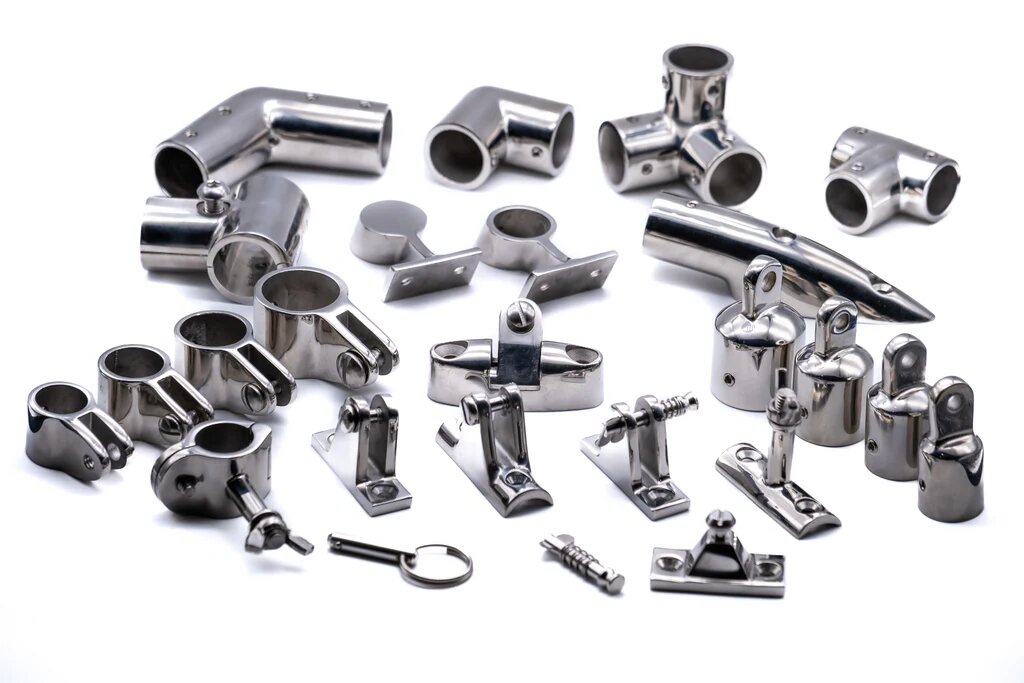
Applications Across Industries
316L stainless steel is used across many industries thanks to its corrosion resistance, strength, and clean finish. It’s a trusted material wherever long-term performance is critical.
Marine Equipment
316L is widely used for marine parts like boat fittings, offshore platforms, and underwater components. Its strong resistance to saltwater and chlorides helps it stay durable in wet and corrosive sea environments. It also handles constant moisture and temperature changes without breaking down.
Pharmaceutical Equipment
Hygiene and corrosion resistance are essential in pharmaceutical production. 316L is used for tanks, piping, and valves because it doesn’t react with most chemicals and is easy to sterilize. Its smooth surface helps prevent bacterial buildup and keeps the system clean.
Medical Devices
316L is biocompatible and doesn’t rust or react with human tissue, so it’s used in surgical tools, implants, and hospital equipment. Its low carbon content also allows welding and shaping without reducing corrosion resistance.
Food Processing
Food processing requires materials that won’t rust, corrode, or contaminate the product. 316L fits the bill. It’s commonly used in mixers, storage tanks, and surfaces containing food directly. It resists moisture, cleaning agents, and daily wear while maintaining a sanitary, polished appearance.
Architecture
In architecture, 316L is often chosen for outdoor elements like handrails, panels, and trim. It resists rain, pollution, and salty air in coastal environments. It’s clean, shiny finish adds a modern touch and holds up well over time with little maintenance.
Conclusion
316L stainless steel is a low-carbon alloy with strong corrosion resistance, good strength, and clean weldability. It performs well in saltwater, acidic environments, and cleanroom settings. Industries like marine, medical, food, and pharmaceuticals choose 316L for its durability and stability. Its wide use proves it’s a reliable material for both function and appearance.
Are you looking for high-quality 316L stainless steel parts? Contact us today to discuss your custom project and get a professional quote.
Hey, I'm Kevin Lee

For the past 10 years, I’ve been immersed in various forms of sheet metal fabrication, sharing cool insights here from my experiences across diverse workshops.
Get in touch

Kevin Lee
I have over ten years of professional experience in sheet metal fabrication, specializing in laser cutting, bending, welding, and surface treatment techniques. As the Technical Director at Shengen, I am committed to solving complex manufacturing challenges and driving innovation and quality in each project.

